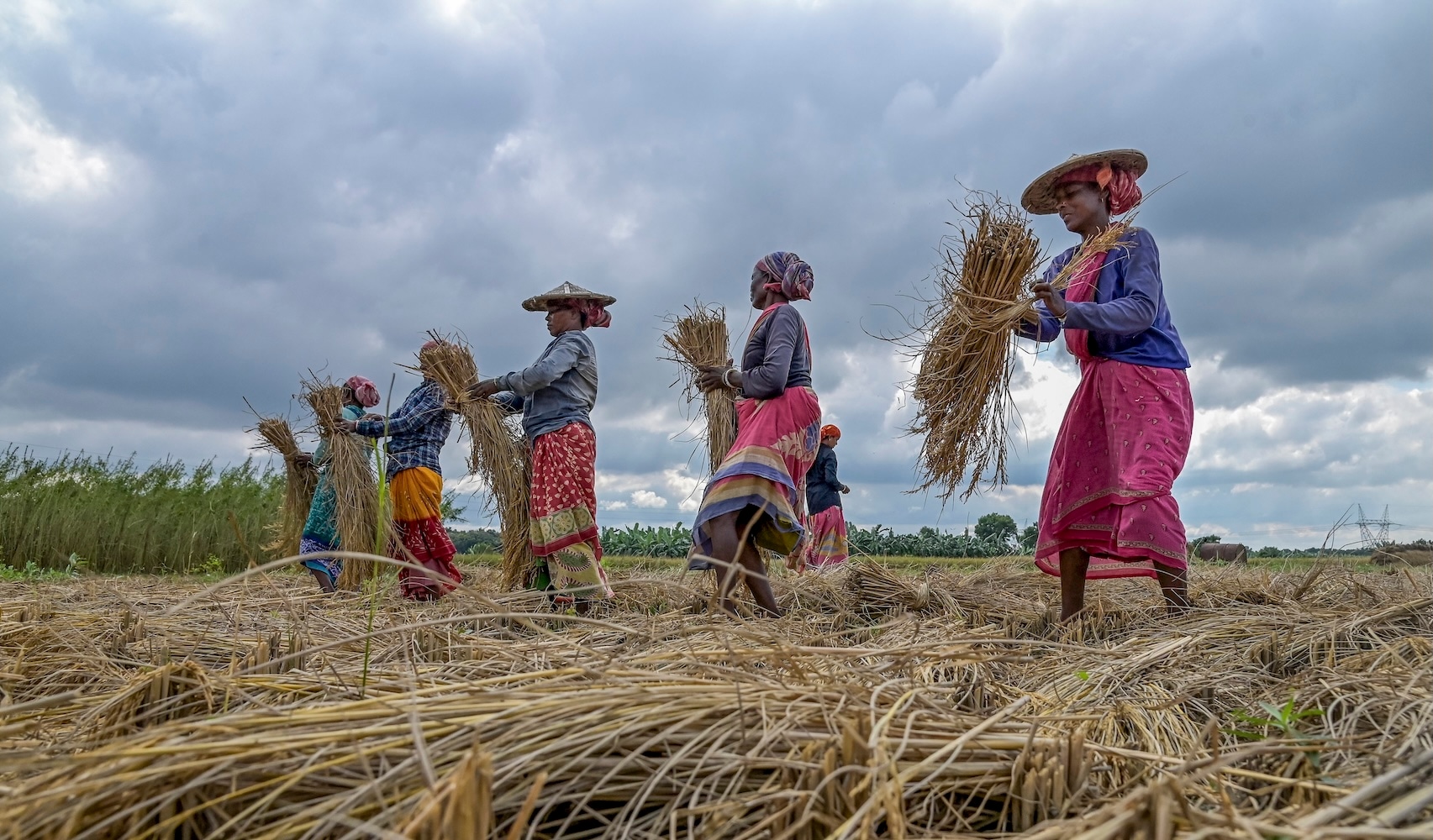

The ‘Global Wage Report 2024-25: Is wage inequality decreasing globally?’ highlighted that the share of low-paid wage workers and low-paid non-wage workers combined declined at an average rate of 11.1% per annum over the 10-year period.
The share of low-paid wage workers — those earning less than 50% of the median hourly wage in the country — stands at 9.5% in India. On the other hand, it is 9.4% for Pakistan, 10.5% for Nepal, 11.2% for Bangladesh, 13.7% for Bhutan and 25.9% for Sri Lanka.
The report revealed that wage inequality has decreased in about two-thirds of all countries around the world since 2000. Despite the positive trend, significant wage differentials persist worldwide.
Also Read: Jamie Dimon to Elon Musk and Anand Mahindra, global business leaders on how AI impacts job market
Since 2000, the wage inequality, which compares wages of high and low-wage earners, has decreased in several countries at an average rate ranging between 0.5% to 1.7% annually, it added.
In low-income nations, the average annual decrease in wage inequality ranged between 3.2% and 9.6% over the past 20 years. Among wealthier nations, wage inequality has been declining at relatively low pace of around 0.3% to 1.3% in upper-middle-income-countries and between 0.3% to 0.7% in high-income countries.
According to the International Labour Organization report, global wages have grown faster than inflation in recent times. The global real wages grew by 1.8% last year, while the projections have reached 2.7% growth in 2024, the highest increase in over 15 years.
“Such positive outcomes mark a notable recovery compared to the negative global wage growth, of -0.9%, observed in 2022, a period when high inflation rates outpaced nominal wage growth,” the report said.
The report also highlighted the uneven approach to wage growth across different regions. The emerging economies have experienced stronger growth than the advanced ones.
Also Read | ‘This is illegal’: Elon Musk tags Microsoft’s Satya Nadella on X post questioning company’s hiring policies
“While advanced G20 economies registered a decline in real wages for two consecutive years (−2.8% in 2022 and −0.5% in 2023), real wage growth remained positive for both years in emerging G20 economies (1.8% in 2022 and 6.0% in 2023),” it stated.
Congress attacks Centre over ILO report
Soon after the ILO report was released, the Congress party slammed the Union government pointing out that the top 10 percentile of India’s income-earners earn 6.8 times more than the bottom 10 percentile.
“This is significantly more unequal than nearly every country in our neighbourhood, including Pakistan, Bangladesh, Bhutan, Nepal, and Myanmar,” Congress’ Jairam Ramesh said in a post on X.
Further, he mentioned that India has one of the lowest share of wage-workers among the lower-middle-income countries.



